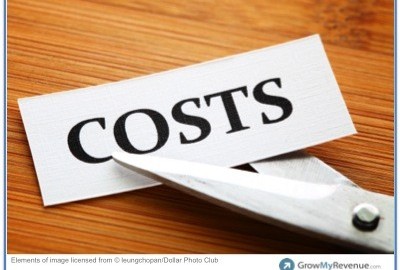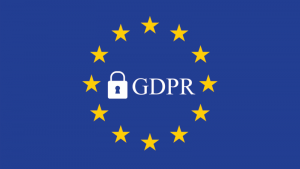
Those who specialize in expense reduction would accurately argue that each dollar you earn in sales contributes a small percentage to profit. But, each dollar you save goes directly to the bottom line. Your cost cutting might be driven by a desire to price your products or services more competitively, to improve financial performance, or to better serve your customer. The decision is never simple. Just be careful to not make some of the mistakes I’ve outlined as the Good, the Bad, and the Ugly of Cost Cutting.
Good Cost Cutting
If you can reduce your costs and either maintain or improve quality, that’s a no-brainer. Companies like Expense To Profit and Expense Reduction Analysts work to cut costs in areas where you have significant savings. They strive to obtain the “right” price for the products or services you are buying based upon their research. In most cases, they reduce costs while maintaining the same provider, performing the same services. When you can save money without adversely impacting the customer, you provide improved value all around.
Unfortunately, when the finance or accounting department drive savings, often times they do so without seeing the big picture of how cost cutting might impact employee and customer satisfaction as well as loyalty.
Bad Cost Cutting
Cost cutting always sends a message to customers, employees, or both. The companies with the highest customer loyalty also have the highest employee loyalty. It’s tough to know which came first… but they tend to happen together.
As someone who travels quite a bit, I noticed how two hotel chains treat their elite guests. In the concierge lounge at a Marriott, the concierge said she gets a bonus for each letter they receive from satisfied guests. She tries to persuade the chef to create exciting snacks to improve guest satisfaction. That is how she gets measured and rewarded.
At another hotel brand, guests in the concierge lounge were asking about the empty trays of what we suspected were appetizers during happy hour. The concierge said to me quietly, “I get a bonus if I can cut our costs. So, I only put out a little at a time. I earned a $ 200 bonus last month because I cut our costs.” Marriott on the other hand makes a decision to focus on loyalty and engagement over costs. After decades as a loyal guest in other programs, I have switched to Marriott. They take great care of me. That’s how they are measured.
Ugly Cost Cutting
Near my home, there is a group of Thai restaurants. When they first opened, they were the leading brand. The menus have not changed in years. I’ve eaten at their restaurants more times than I care to admit. Over the years, you’d see shorter waits during busy periods. The restaurant started cutting staffing, which made sense. No need to staff an empty restaurant. I just hope that the chicken was still chicken. Clearly, they concluded that they’d improve financial performance by reducing portion size and raising prices. Quality also suffered. When I raised the issue to a manager waiter, he said “I know. I keep telling them. But, they’re all about cost cutting.” After a few bad experiences, the group went from one of my favorite spots to “I’ll never dine there again.” I walked past a location that used to have a long wait in the evenings. It was a Friday night. Forget about a wait… the place was almost empty at 7:30 at night.
The tough lesson here is you cannot save your way to prosperity. (tweet) When you cut costs without considering the impact on employees, customers, and overall loyalty, you make a conscious decision to follow a short-term path with poor long-term results. When you give up on attracting customers, cutting costs seems like a good idea.
What You Should Do Instead
When revenue falls, it is natural to think about cutting costs. If you do cut costs, be careful about your message to employees and customers. Customers and employees don’t want to board a sinking ship. Focus your efforts on where you can add the greatest value for your existing and future customers.
Revenue growth can make up for many mistakes. Cost cutting when done the “Good” way can be effective. If you cut costs at the expense of employees or customers, you move down a dangerous path toward extinction. The top performing companies rarely compete on price or lowest cost. If you focus on delivering exceptional value, your employee and customer loyalty will help you reach new heights. (tweet)
It’s Your Turn
Have you ever experienced a situation when cutting costs had an impact on you? Tell us about it. Post a comment or take the conversation to Twitter, LinkedIn or your favorite social network.
(310)





